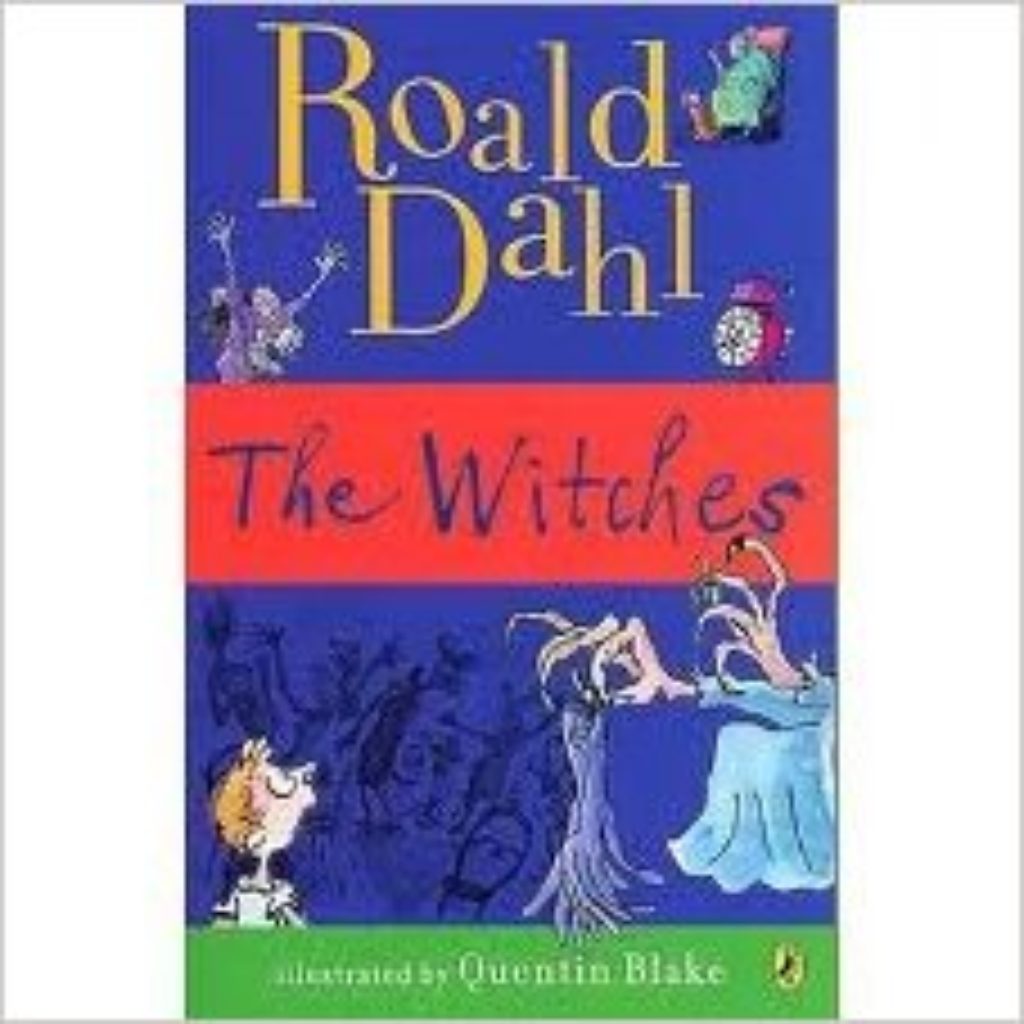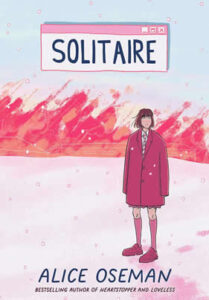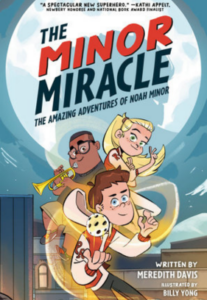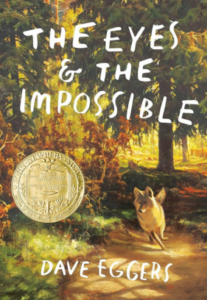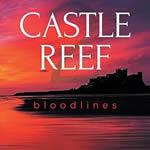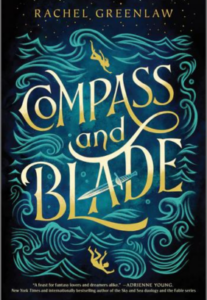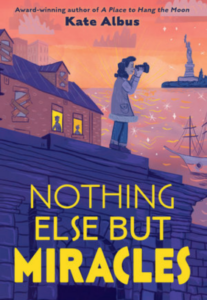An unnamed 7-year-old boy loses both parents in a car crash. He finds comfort with his Norwegian grandmother — a cigar-smoking senior with a penchant for telling tall tales. But what she tells him about witches isn’t just another story.
Witches, she insists, are real. They have blue saliva and large, scalloped nostrils that allow them to smell children from long distances. They wear gloves to hide their claws, wigs to hide their hairless scalps and fancy shoes to hide their toeless feet. Flames flicker deep within their ever-changing eyes, and they have one burning desire: to rid the world of children. Recognizing a witch before she tries to squelch you is a child’s only hope of survival. (Squelching refers to the tactics witches use to get rid of children.)
In accordance with the wishes of his dead parents, the boy and his grandmother move to England. While there are fewer witches in England than in Norway, English witches have a reputation for being vicious. On one occasion, the boy narrowly escapes being squelched by hiding in a tree until suppertime. The boy and his grandmother plan to spend their summer vacation in Norway, but his grandmother falls ill and is unable to go. Instead, they book two rooms at a hotel in Bournemouth, England. The boy’s grandmother gives him a present of two white mice to keep him occupied during their stay.
While trying to find a quiet place where he can train his mice to walk a tightrope, the boy stumbles across an empty ballroom reserved for the Royal Society for the Prevention of Cruelty to Children (RSPCC). Assuming the meeting has already occurred, the boy hides behind a screen at the back of the room. But when the room begins to fill with women, the boy realizes they are witches in disguise. He watches the Grand High Witch take off her mask and reveal her ugly, rotting face. He sees her fry another witch to death by shooting sparks out of her eyes. He listens to her expound on her plan to squelch all of the children in England by turning them into mice, using her newly developed Formula 86 Delayed Action Mouse-Maker.
The boy sees Formula 86 in action when a gluttonous boy, Bruno Jenkins, arrives and demands six chocolate bars that the Grand High Witch had promised him if he showed up at the meeting. Bruno is transformed into a mouse but runs away before the Grand High Witch can kill him. Just as the meeting is ending, a witch smells the boy hiding behind the screen. After a brief chase, he is captured and forced to swallow the contents of an entire bottle of Formula 86. He turns into a mouse and runs away to find his grandmother, who is understandably shocked at his transformation.
She recovers rapidly and helps the boy (now a mouse) hatch a vengeful plot against the witches. The mouse-boy steals a bottle of Formula 86 and pours it into the pea soup the witches will consume for dinner. Massively overdosed, the witches turn into mice in the hotel dining room and are promptly dispatched — and dismembered — by the hotel kitchen staff. The boy’s grandmother returns Bruno, as a mouse, to his family.
The mouse-boy’s grandmother takes him to her home in Norway where she modifies her house so he can live in it more comfortably. He learns that as a mouse, he has a shorter life span and will likely not outlive his grandmother. Far from being disappointed at the news, he is glad that he will never have to face life without her. His grandmother learns that the Grand High Witch’s secret headquarters are located in a Norwegian Castle. As a mouse, the boy is now in a position to sneak into the castle and turn all the witches into mice. (Cats will then be introduced to solve the mouse problem.) He and his grandmother plan to travel the world for the rest of their lives, until they have turned every witch into a mouse.



